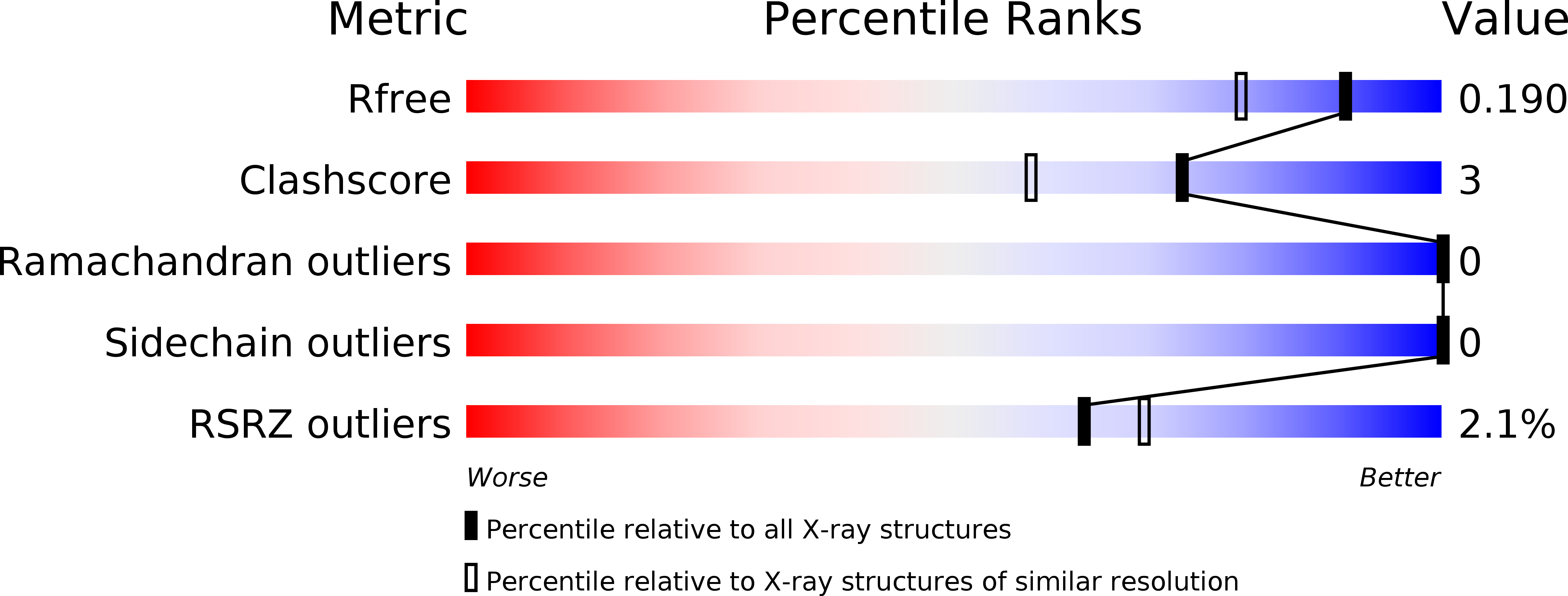
Deposition Date
2015-04-15
Release Date
2015-11-25
Last Version Date
2024-11-20
Entry Detail
PDB ID:
4ZCE
Keywords:
Title:
Crystal Structure of the dust mite allergen Der p 23 from Dermatophagoides pteronyssinus
Biological Source:
Source Organism:
Dermatophagoides pteronyssinus (Taxon ID: 6956)
Host Organism:
Method Details:
Experimental Method:
Resolution:
1.55 Å
R-Value Free:
0.19
R-Value Work:
0.16
R-Value Observed:
0.16
Space Group:
P 1 21 1


